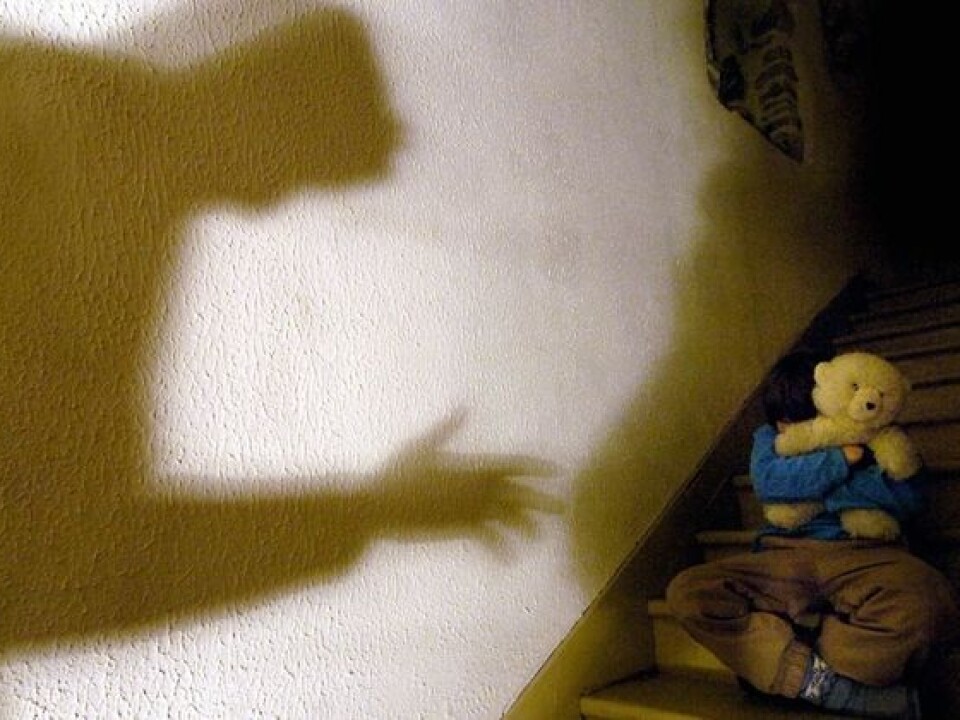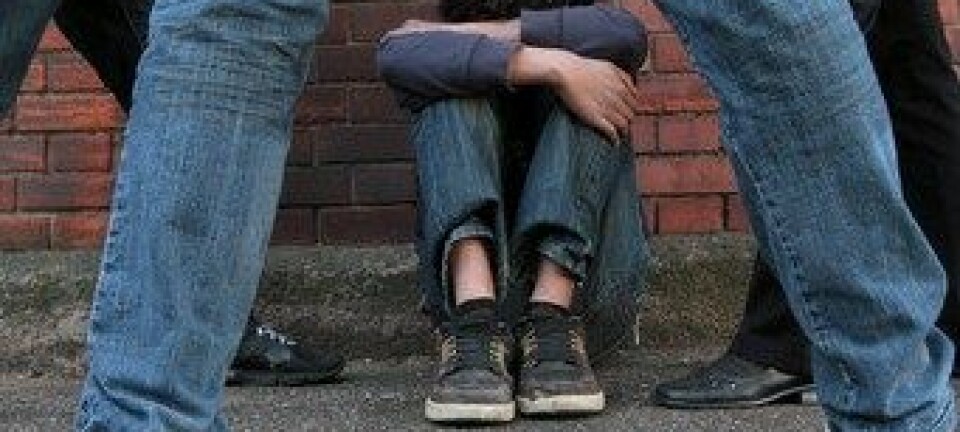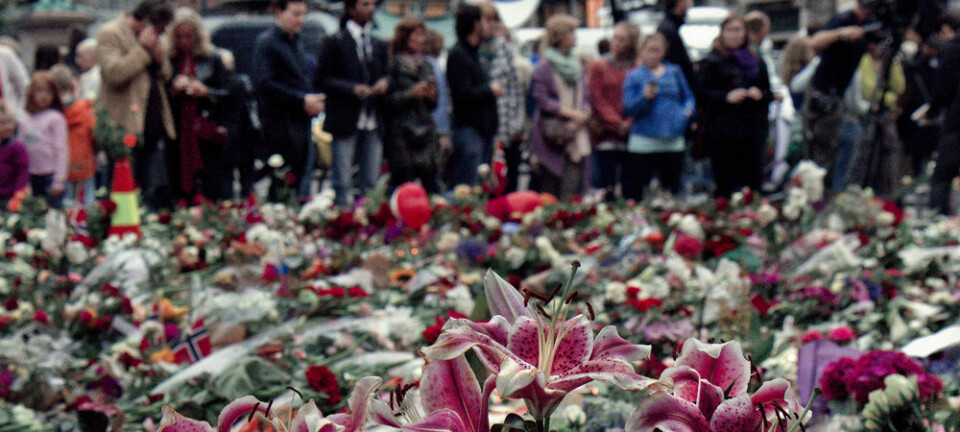
Youths harmed by others' terrifying experiences
A study shows that youngsters can develop post-traumatic stress symptoms from incidents they have only been exposed to through the media. The risk increases if the person has been subject to violence or abuse in early life.
It is said that whatever doesn’t kill you outright makes you stronger. But this is adage is misleading, according to Dag Øystein Nordanger.
Nordanger is a researcher and psychologist at the health section of Uni Research in Bergen. He recently published a study of teenagers’ health in the wake of the truck-bombing in Oslo and a horrific shooting spree at a summer camp on the island Utøya by a Norwegian ultra-right terrorist on 22 July three years ago.
The study shows that youngsters can develop posttraumatic stress symptoms from incidents they have only experienced through the media.
New knowledge of the brain
The data material which researchers have access to in Bergen is impressive, even in an international context.

All the young people in Hordaland County, which includes Bergen, born in 1993-1995 have been surveyed with regard to mental health and how they function in daily life. Over 10,000 young people have responded to questionnaires touching on this theme.
The youngsters were followed up for several years through many surveys. When the bomb detonated outside the Government headquarters and the carnage took place at Utøya, the fourth wave of questionnaires was about to be sent out.
The researchers added some new questions which linked to post-traumatic reactions. They asked the teenagers whether they personally knew any victims of the atrocity.
More sensitive when the brain is growing
“Our results confirm and expand on the gains in knowledge made within brain research in the recent years,” says Nordanger.

Scientists now know much more about how pervasive difficulties can be among children once they have been traumatised.
Recent research shows that the nervous system is affected when kids experience traumatic burdens early in life while their brains are still developing. Children lose some of their ability to regulate stress.
For some of these children the body’s alarm systems become more sensitive for life. When they experience dramatic things later on which open up old wounds and their brain sends out stress signals, it lacks sufficient strategies for putting them back at ease.
The more times a person has been violated the more vulnerable he or she becomes later in life.
If such shocks or violations occur for prolonged periods, or if a care-giver is responsible, such vulnerability increases all the more.
Many felt threatened
The Uni Research professionals found that Norwegian teens who had difficult pasts developed symptoms of post-traumatic stress even though they were not directly impacted by the terrorist attack three years ago.
“It’s very intriguing that this vulnerability is there, even when you only experience the incident through the media,” says Nordanger.
Other research shows that the degree of proximity to such incidents, physically and mentally, is the decisive factor regarding a person’s vulnerability.
A previous study by the Bergen researchers shows that Norwegian youth reacted very emotionally to the attack which rocked Norway in 2011. Many felt it as a direct threat to their lives and those of their loved ones. Many said the terrorist acts changed their perception of the world.
“This would link to identification. It’s natural to compare oneself to the young people at Utøya,” says Nordanger.
The same increase in post-traumatic stress among children and adolescents has been encountered by researchers in other places where terrorists have attacked, for instance after the bombings in London in 2005 and the hijacked jets which were crashed in the USA in 2001.
Can alter life quality
Most young people will not be troubled very long with such problems. But those who are most vulnerable, the ones who are plagued by excruciating experiences in their early childhood, future episodes can have serious consequences.
“The study shows once again how important it is to prevent violence and abuse among children early in their lives. This is one of the greatest risk factors for mental and somatic disorders.”
“We now see that prevention of violence and abuse also helps prevent vulnerability caused by incidents that can occur later in life,” says Nordanger.
------------
Read the Norwegian version of this article at forskning.no
Translated by: Glenn Ostling



































